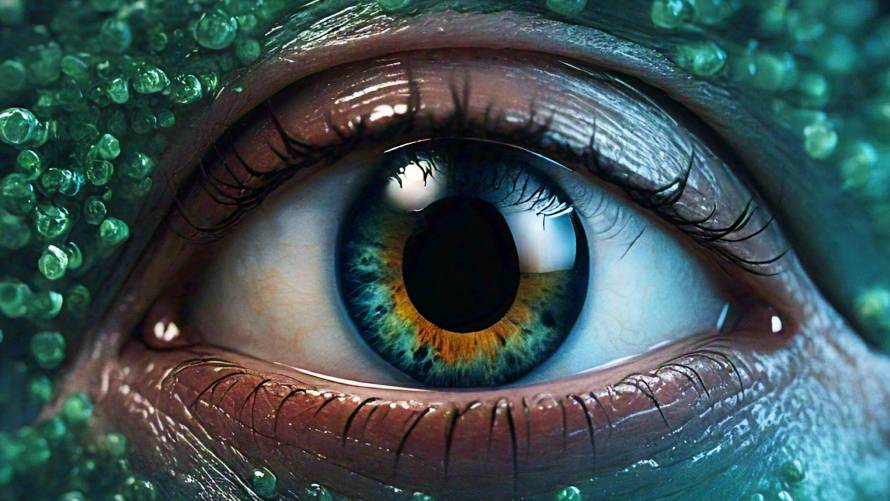A new research study suggests that a substance found in nature could be a useful disinfectant for contact lenses, which are worn by millions of people globally.
Wearing contact lenses can sometimes lead to a serious eye infection called microbial keratitis, caused by bacteria like Pseudomonas aeruginosa. Previous studies found that existing disinfectants don’t effectively prevent the formation of biofilm, which are clusters of bacteria on lens surfaces.
Hydroquinine, a natural compound from certain tree barks, has been known to kill various harmful bacteria, including Pseudomonas aeruginosa, Staphylococcus aureus, Escherichia coli, and Klebsiella pneumoniae.
Researchers from the University of Portsmouth in England, along with universities in Thailand, investigated using multipurpose solutions containing hydroquinine to disinfect contact lenses. They found that these solutions could kill 99.9% of bacteria during disinfection, showing potential for combating P. aeruginosa.
The study, published in Antibiotics, suggests that this discovery could lead to the development of new disinfectants to fight P. aeruginosa bacteria.
Dr. Robert Baldock from the University of Portsmouth explained that current commercial disinfectants may cause side effects, and using natural products like hydroquinine could reduce the risk of lens contamination.
The risk of microbial keratitis doubles when wearing contact lenses overnight or longer than recommended, leading to corneal infections that can cause permanent eye damage and vision loss.
The World Health Organization (WHO) identifies microbial keratitis as a significant cause of visual impairment, with drug-resistant P. aeruginosa being a major concern.
Hydroquinine, already known for treating malaria and muscle cramps, has shown promising results in preventing contamination in contact lenses. Further research is needed to confirm its safety and effectiveness, potentially leading to new disinfectants and reduced cases of corneal infections.
If our reporting has informed or inspired you, please consider making a donation. Every contribution, no matter the size, empowers us to continue delivering accurate, engaging, and trustworthy science and medical news. Independent journalism requires time, effort, and resources—your support ensures we can keep uncovering the stories that matter most to you.
Join us in making knowledge accessible and impactful. Thank you for standing with us!

